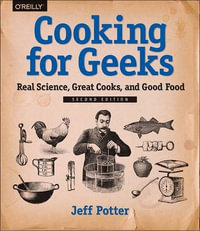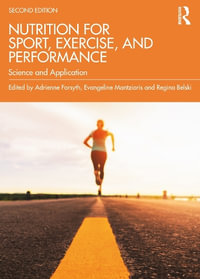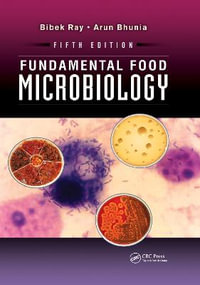This new three-volume set comprehensively illustrates a wide range of analytical techniques and methodologies for assessing the physical, chemical, and microbiological properties of milk and milk products to ensure nutritional and technological quality and safety of milk and milk products.
This third volume of the three-volume Analytical Methods for Milk and Milk Products examines methods of microbiological analysis, isolation, and characterization of milk and milk products. This valuable resource delves into various aspects of bacterial enumeration, pathogen detection, mastitis milk identification, quality testing for starter cultures, isolation and characterization of lactic acid bacteria (LAB), safety assessment protocols for probiotics, DNA isolation methods, molecular characterization techniques, and statistical tools for laboratory data analysis. It presents an in-depth description of the methodologies for isolation, identification, and confirmatory tests for various hygiene and safety indicator organisms.
This volume consists of two main sections: Section 1, on "Microbiological Analysis of Milk and Milk Products," highlights different standard methods for enumeration of various microorganisms (i.e., lipolytic and proteolytic organisms, psychrotrophs, spore formers, thermodurics and thermophiles, yeast and mold, etc.) and isolation, identification, and biochemical tests for pathogens that are usually present in milk and milk products. This section also covers test methods for detection of mastitis milk. Section 2, on "Starter Cultures and Lactic Acid Bacteria (LAB)," describes the standard methodologies for propagation of starter cultures, quality analysis of starter cultures, isolation and characterization (both phenotypic and genotypic) of LAB, and probiotics with their in vitro safety assessment protocols. This section also covers the methodology for the isolation of DNA from different LAB and phylogenetic characterization by 16s rRNA gene sequencing and amplification by PCR.
Together with Volume 1: Sampling Methods and Chemical and Compositional Analysis and Volume 2: Physicochemical Analysis of Concentrated, Coagulated, and Fermented Products, this 3-volume work with be a valuable resource that has been carefully organized to cater to the needs of students, researchers, scientists, food analysts, and professionals working in food analysis or research laboratories, particularly those involved in milk and milk products analysis.
























